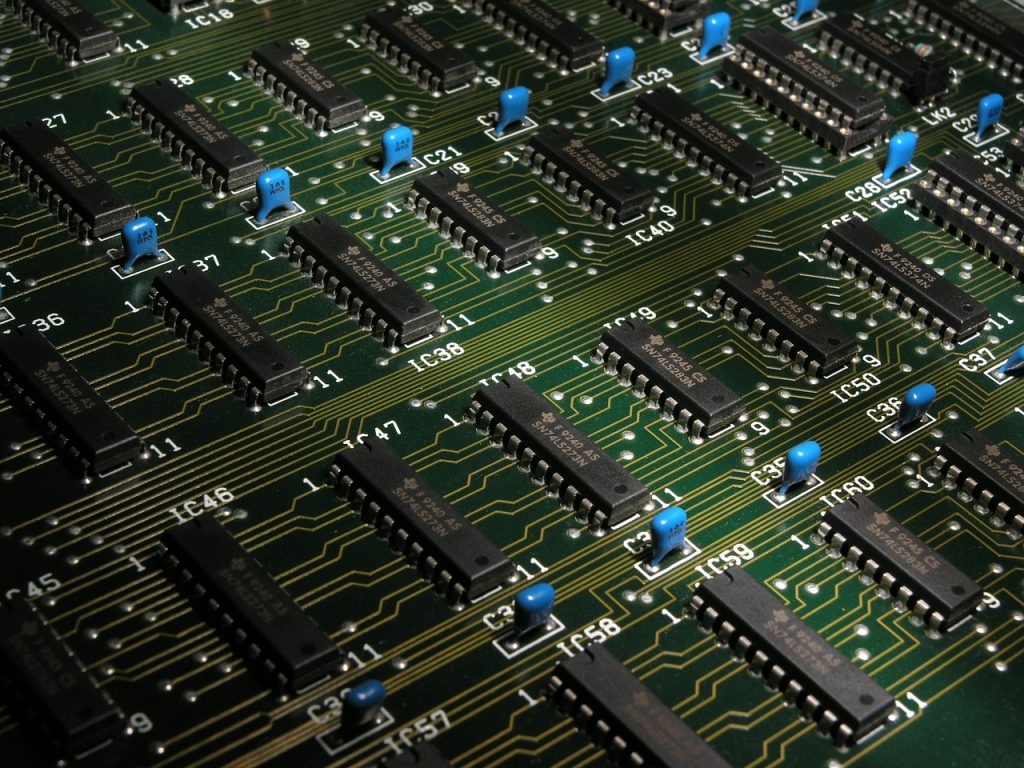Several years ago, scientists invented a new circuit board that looked to be a breakthrough in terms of thinness and convenience. Built to be malleable and weighing “no more than two microns,” it was an astounding circuit — the sort of thing you almost wouldn’t believe in if there weren’t experts telling you it could work.
To say that breakthrough changed the nature of circuit boards would be inaccurate, in that we haven’t seen products just like that one taking over. However, the invention of that ultra-thin circuit board did signal a more general shift toward compact and more versatile circuits.
In the years since, we’ve seen high-end designers focusing more on flexible designs, which can be bent and rolled to fit into the devices they’re built for without any compromise in function or signal integrity. We’ve also seen the emergence of multi-layer PCBs (or printed circuit boards), which can basically fit more connections into a smaller area via stacked builds. And to help designs like these function properly, engineers now have methods in place to check and ensure function as they design. By using a PCB stackup impedance calculator, a designer can make sure that signals are strong and fast even in complex or multi-layer designs.
All of this has resulted in a modernized range of possibilities for printed circuit boards. But why are they actually important? What do thinner or more compact circuit boards actually accomplish for us? To better understand that, consider some of the important, emerging devices in the following areas:
- Medical implants – Medical implants are often somewhat misunderstood. We hear the term and think about things like ultra-advanced implanted hearing devices, or the so-called “neuralink” being pitched of late by Elon Musk. Devices like these may be in our future, but even now we’re beginning to see medical implants for more everyday health monitoring. They can track vitals, keep tabs on chronic conditions, and more. But to be safe, they need to be small, safe devices, and more versatile PCBs can help bring such devices about.
- Energy-efficient consumer products – From in-home smart temperature systems to LED lightbulbs, there are a lot of relatively small modern products that are being designed to improve energy efficiency (and ultimately help our climate!). These are small, minimalist devices that still need to function powerfully and often maintain wireless connections — meaning they too can benefit from small but strong circuit boards.
- Smart city IoT – The emergence of smart city technology is going to change apartments, grids, and communities more broadly — all through vast IoT networks of connected sensors and new technologies. Some parts of these IoT networks are already in place, or will be larger in nature. But near-future smart cities may well be equipped with tens of thousands of tiny sensors. Each of them will require a tiny PCB as well.
- Future tech – Broadly speaking, there is also future technology to consider. Smaller smartphones, stylish smart glasses, new wearable devices, and things of this nature are going to emerge. We can’t say exactly what they’ll look like or how they’ll function, but it’s exceedingly likely that plenty of the most exciting future tech on the horizon will run on compact PCBs.
When you look at it this way, and consider all of these different types of products and technology, it’s not unreasonable to consider advances in PCB design among the most important ongoing tech achievements.

